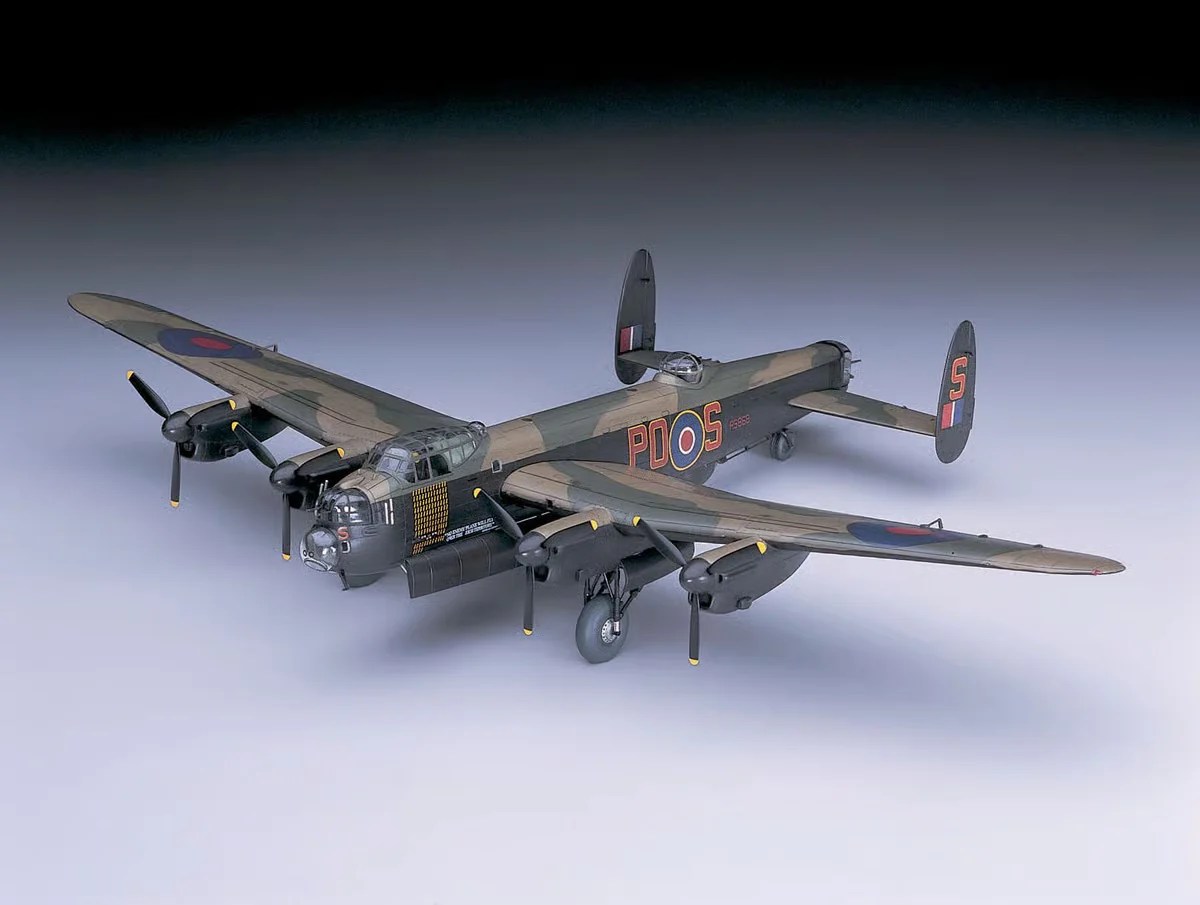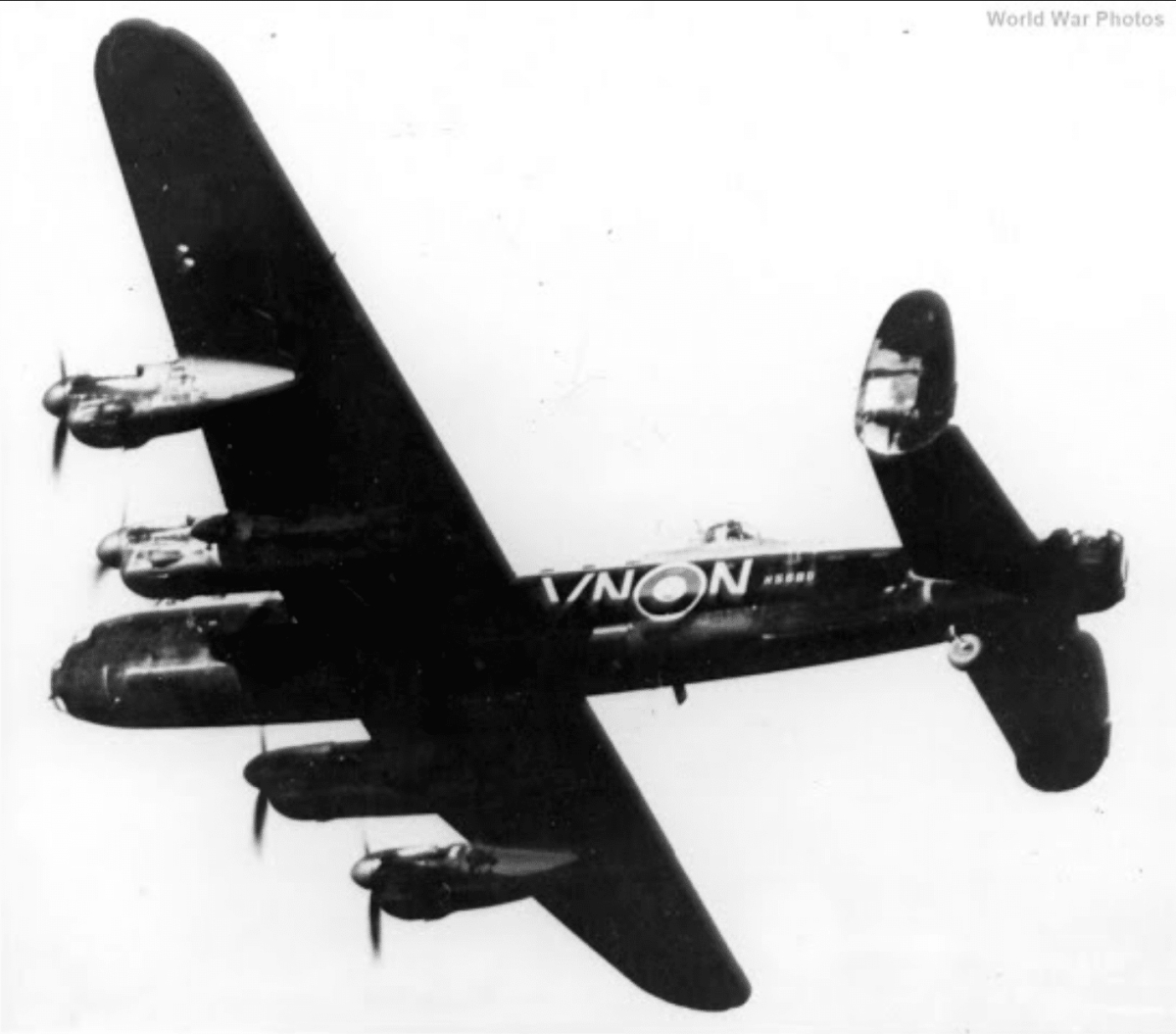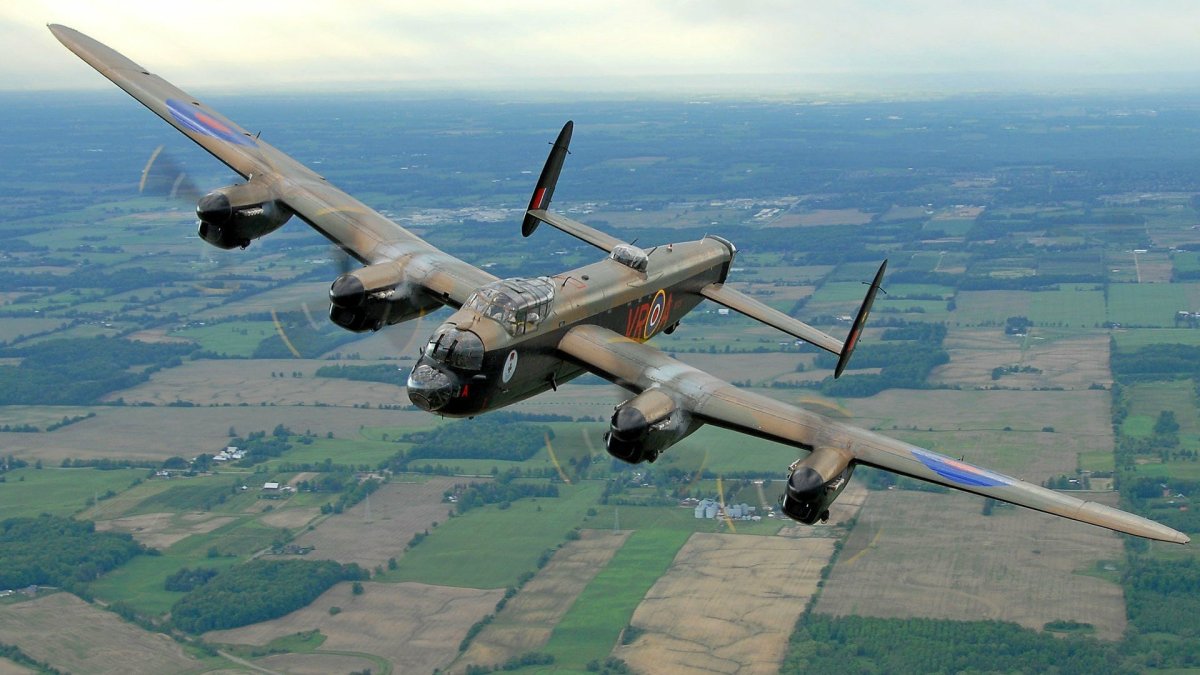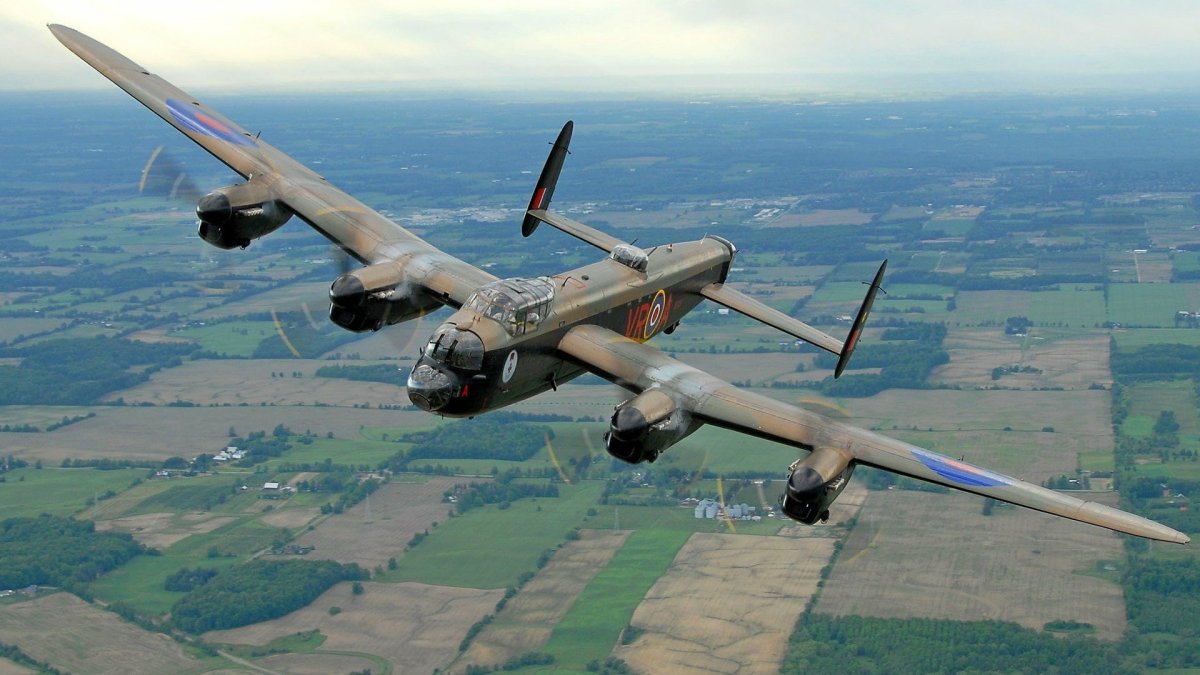Lancaster war plane, a symbol of World War II, dominated the skies. This mighty bomber played a crucial role in the Allied victory, undertaking daring missions over Nazi-occupied Europe. We’ll explore its development, variants, operational challenges, and lasting legacy, providing a comprehensive look at this iconic aircraft.
From its initial design to its final flights, the Avro Lancaster’s story is one of innovation, courage, and devastating effectiveness. We’ll delve into its technical specifications, its role in key WWII campaigns like the bombing of Germany, and compare it to other heavy bombers of the era. We’ll also examine the experiences of the brave crews who flew these planes, facing perilous conditions and enemy fire.
Avro Lancaster: A British Icon of World War II: Lancaster War Plane
The Avro Lancaster, a four-engine heavy bomber, stands as a symbol of British resilience and ingenuity during World War II. Its imposing size, impressive payload capacity, and remarkable operational range allowed it to play a crucial role in the Allied victory. This article delves into the history, variants, crew operations, legacy, and technological marvels of this iconic aircraft.
Lancaster Bomber History, Lancaster war plane

The Lancaster’s journey began in the late 1930s, a response to the Air Ministry’s Specification P.13/36 for a heavy bomber. Avro’s design, incorporating advanced features like a geodetic airframe, proved successful. The prototype first flew in January 1941, and mass production commenced shortly thereafter. Throughout its operational life, from 1941 to 1945, it underwent several modifications and improvements, reflecting ongoing technological advancements and battlefield demands.
The Lancaster participated in major campaigns across Europe, notably the bombing of German cities and industrial targets.
Key specifications included a wingspan of 102 feet, a length of 69.5 feet, and a maximum speed of approximately 280 mph. It was powered by four Rolls-Royce Merlin engines and carried a substantial bomb load, varying depending on the variant. Armament typically consisted of several machine guns in turrets for defense against enemy fighters.
| Bomber Name | Max Speed (mph) | Bomb Capacity (lbs) | Operational Range (miles) |
|---|---|---|---|
| Avro Lancaster | ~280 | 14,000 – 22,000+ | ~1,800 |
| Boeing B-17 Flying Fortress | ~287 | ~4,500 | ~2,000 |
| Handley Page Halifax | ~260 | 14,000 – 20,000+ | ~1,700 |
| Heinkel He 177 Greif | ~270 | ~20,000 | ~1,500 |
Lancaster Bomber Variants

Several variants of the Lancaster were produced throughout its lifespan, each with unique features tailored to specific roles. These modifications ranged from enhanced bomb capacity and improved defensive armament to specialized adaptations for specific missions, such as mine-laying or electronic countermeasures.
- Lancaster I: The initial production model, setting the standard for subsequent variants.
- Lancaster III: Featured improved engines and increased bomb capacity.
- Lancaster B.III: A special variant used for mine-laying operations.
Key differences between these variants often included engine type, bomb bay capacity, and defensive armament. Some later variants incorporated advanced radar systems and other technological improvements.
| Variant Name | Production Number | Key Differences | Primary Role |
|---|---|---|---|
| Lancaster I | 3000+ | Initial production model | Strategic bombing |
| Lancaster III | 5000+ | Improved engines, increased bomb capacity | Strategic bombing |
| Lancaster B.III | ~100 | Modified for mine-laying | Mine-laying |
Lancaster Bomber Crew and Operations
A Lancaster crew typically consisted of seven men: a captain, pilot, navigator, bomb aimer, wireless operator/air gunner, flight engineer, and mid-upper gunner. Each member played a crucial role in the success of a mission. A typical bombing raid involved meticulous planning, precise navigation, and skillful execution under intense pressure and significant risk. Crews faced numerous challenges, including poor weather conditions, enemy anti-aircraft fire, and the constant threat of interception by German night fighters.
Many accounts from Lancaster crews describe harrowing experiences, emphasizing their courage, skill, and resilience in the face of adversity. These narratives offer a powerful testament to the human cost of war and the extraordinary bravery of these airmen.
The Lancaster bomber, a workhorse of WWII, was all about heavy lifting – bombs, not water. Think about the scale difference; it’s a huge jump to something like a super scooper , designed for firefighting. Yet, both show impressive aerial capabilities, each perfectly adapted to its very different task. The Lancaster’s might was destructive, while the Super Scooper’s is about saving lives and property.
Lancaster Bomber Legacy and Impact

The Lancaster bomber’s impact extends beyond its wartime contributions. Its advanced design influenced subsequent aircraft development, and its cultural significance remains potent, represented in museums, documentaries, and popular culture. The aircraft’s robust construction and sophisticated engineering remain subjects of study and admiration among aviation enthusiasts.
So you’re into the Lancaster bomber, huh? That incredible warplane’s history is fascinating. Thinking about the massive cost of keeping such a historical aircraft maintained makes you consider your own financial future, especially with things like 2025 mortgage renewal in Canada looming. Planning ahead is key, just like the meticulous planning that went into the Lancaster’s missions.
Back to the Lancaster – did you know about its innovative bomb-aiming system?
- Avro Lancaster PA474: Located at the Royal Air Force Museum, London.
- Avro Lancaster NX611: A restored and airworthy example, undertaking occasional flights.
Visually, the Lancaster is a majestic sight: a large, four-engined aircraft with a distinctive high-mounted tail and long, slender fuselage. Its silver-painted surface often bore the markings of its squadron, a testament to the pride and camaraderie of its crews. The aircraft’s size is imposing, conveying both power and vulnerability simultaneously.
Lancaster Bomber Technology and Engineering
The Lancaster’s geodetic airframe construction, a network of interconnected lightweight tubes, was a significant technological advancement, allowing for a strong yet relatively lightweight structure. This, coupled with its powerful engines and advanced navigation systems for its time, enabled the Lancaster to carry heavy bomb loads over long distances. The design faced challenges, notably ensuring structural integrity under extreme stress and adapting to evolving battlefield requirements.
The Lancaster bomber, a behemoth of WWII, was all about destructive power. It’s a stark contrast to the super scooper plane , which uses its massive water capacity for firefighting and rescue. Thinking about the Lancaster’s destructive force and then the scooper’s life-saving role really highlights how aircraft can have vastly different purposes.
The Lancaster’s technological achievements were a significant step forward in aircraft engineering and influenced the design of subsequent bombers and other aircraft.
Concluding Remarks
The Lancaster war plane remains a powerful symbol of Allied air power and the human spirit’s resilience in the face of adversity. Its innovative design, crucial wartime contributions, and enduring cultural impact continue to fascinate and inspire. Understanding its history offers a valuable glimpse into a pivotal moment in aviation and military history.
Essential Questionnaire
How many Lancaster bombers were built?
Approximately 7,377 Lancasters were built.
What was the top speed of a Lancaster?
The top speed varied slightly between variants, but generally around 286 mph (460 km/h).
What types of bombs could a Lancaster carry?
The Lancaster could carry a wide variety of bombs, including high-explosive, incendiary, and specialized bombs like the “Grand Slam.”
How many crew members were on a Lancaster?
A typical Lancaster crew consisted of seven men.
